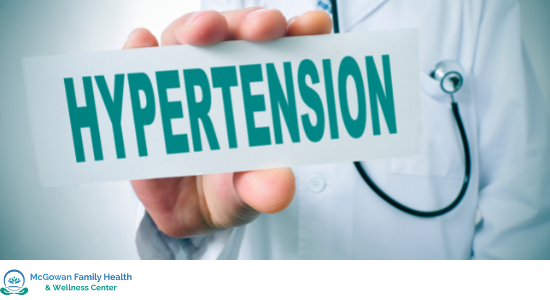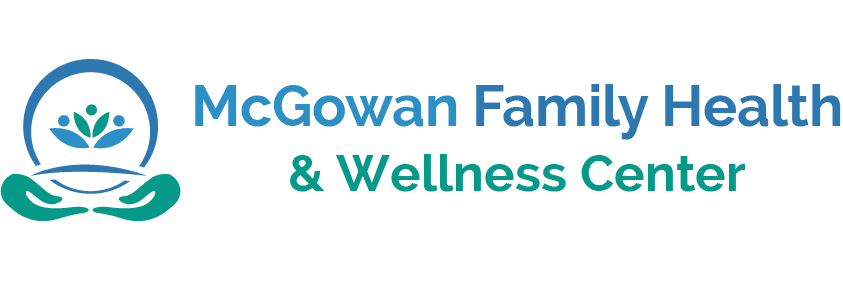High blood pressure, often known as hypertension, is dangerous because it can cause strokes, heart attacks, heart failure, and renal damage. The goal of hypertension treatment is to control excessive blood pressure while still protecting vital organs such as the brain, heart, and kidneys. According to research, hypertension treatment has been linked to lower rates of stroke (35 percent to 40 percent), heart attack (20 percent to 25 percent), and heart failure (greater than 50 percent). What to expect with hypertension first line treatment?

A systolic blood pressure of more than 130 and a diastolic blood pressure of more than 80 is now considered high blood pressure. We recommend you to always search for hypertension specialist near me whenever you’re looking for a qualified specialist.
Everyone should be urged to undertake lifestyle changes to prevent high blood pressure, such as eating a healthier diet, stopping smoking, and getting more exercise. In those over the age of 65 and those with risk factors such as diabetes and high cholesterol, medication is indicated to drop blood pressure to less than 130/80. High blood pressure can be treated with a combination of lifestyle changes and medication.
Changes in Lifestyle to Treat High Blood Pressure
A healthy lifestyle is an important part of preventing and treating high blood pressure. The following lifestyle adjustments will help you lower your blood pressure:
- If you are overweight or obese, you must lose weight.
- Smoking cessation. Tobacco causes artery hardening and affects the walls of your blood vessels. Both of you must be in good physical condition while managing your blood pressure.
- The DASH diet, which stands for Dietary Approaches to Stop Hypertension, is followed. Vegetables, fruits, whole grains, fish, poultry, nuts, and beans are all highlighted. Avocados, bananas, dried fruits, tomatoes, and black beans are examples of high-potassium foods. Sugary drinks, sweets, and high-fat meats and dairy products are limited in this diet.
- If you have high blood pressure, restrict your sodium consumption to less than 1,500 milligrams per day; healthy persons should limit their sodium intake to no more than 2,300 milligrams per day (about 1 teaspoon of salt). Salt is abundant in many processed foods. Soups, condiments, and tomato sauce, for example, can contain up to 75 percent of the daily salt requirement.
- Read food labels attentively (salt is listed as sodium), and don’t add more during cooking or just before eating. Instead, flavor your dish using spices and herbs.
- Aerobic activity on a regular basis (such as brisk walking at least 30 minutes a day, several days a week). Attend a yoga class. Look for activities that will make your heart race, such as riding or swimming. Aim to exercise consistently for at least 2 1/2 hours overall over the course of a week.
- It’s critical to maintain a healthy weight for your age and height. If you’re overweight or obese, dropping just 5 pounds can help you lower your blood pressure.
- Limiting men to two drinks per day and women to one drink per day. An ounce of alcohol, 5 ounces of wine, or 12 ounces of beer constitutes one drink.
- Stress reduction: Consider how you can modify the stressful aspects of your life. Talk to a therapist, practice meditation or anger-management techniques, or receive regular massages.
- Many of these techniques improve the effectiveness of high blood pressure medications in addition to lowering blood pressure.
First-Line Treatment For Hypertension
New users of angiotensin-converting enzyme inhibitors had similar cardiovascular outcomes and fewer side effects in an observational trial.
For the first-line therapy of hypertension, angiotensin-converting enzyme (ACE) inhibitors and angiotensin-receptor blockers (ARBs) are regarded equal. ARBs have fewer adverse effects, but ACE inhibitors have a longer track record and a bigger corpus of randomised trial–level studies on cardiovascular outcomes. Researchers used eight major observational databases to compare outcomes for 2.3 million new users of ACE inhibitors and approximately 700,000 new users of ARBs in this retrospective investigation of patients who started monotherapy for hypertension.
After rigorous adjustment for demographic and clinical characteristics, the two groups had equal rates of myocardial infarction, stroke, and heart failure. Cough, angioedema, pancreatitis, and gastrointestinal bleeding, on the other hand, were substantially more common among ACE inhibitor users than in ARB users. Cough and angioedema are well-known side effects of ACE inhibitors; pancreatitis is less prevalent but has been previously observed; and gastrointestinal bleeding has not been previously described.
First-line Medication Selection
Despite the fact that clinical trial results differ, it is critical to choose a treatment that is effective, safe, and cheap for the specific patient.
Comparative Effectiveness
Comparative efficacy is frequently the deciding factor when choosing a medication class as a first-line treatment. Low-dose thiazides, beta blockers, calcium channel blockers, angiotensin-converting enzyme (ACE) inhibitors, and angiotensin receptor antagonists are all effective in lowering blood pressure and preventing cardiovascular events in people with hypertension.
The drop in blood pressure leads to lower cardiovascular morbidity and death, according to recent findings from big trials and (many) meta-analyses. It is the reduction in blood pressure that matters, not the drug class that was utilised to do so.
Other factors play a role in the selection of first-line medications. The World Health Organization’s ‘Guide to Good Prescribing’ programmed emphasizes comparative safety, convenience, and affordability, as well as efficacy, as significant factors to consider when making decisions.
Mcgowan family health and wellness center is best for hypertension patients. In another post you can learn about how to recognize hypertension signs and symptoms. For assistance, you can call us anytime at (708) 480 9730.

